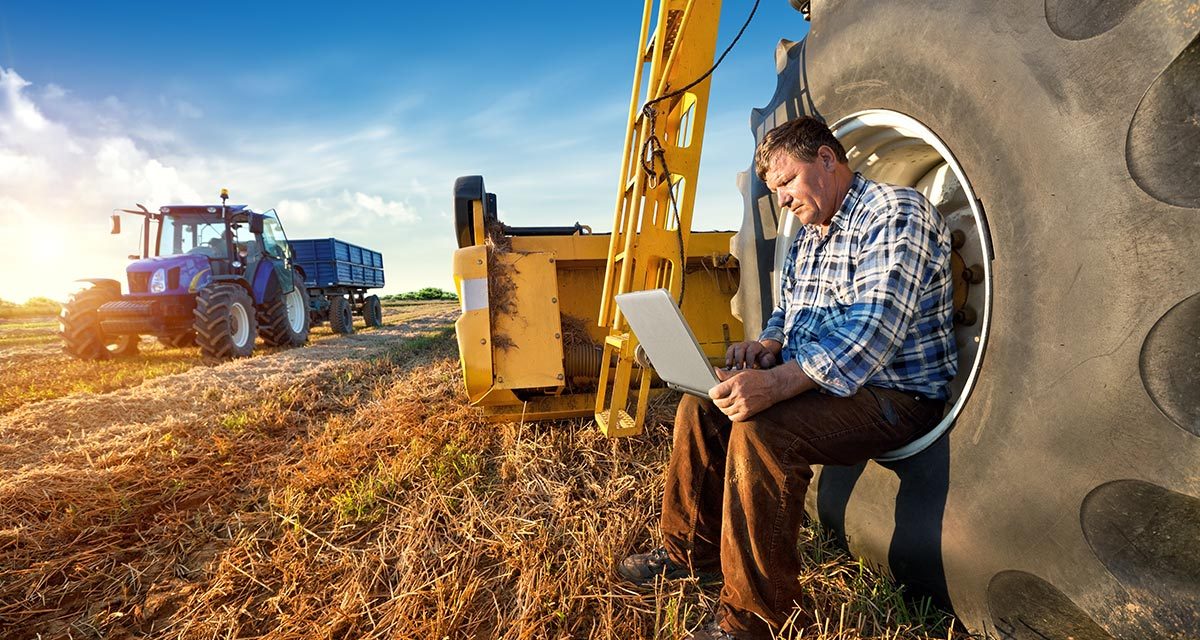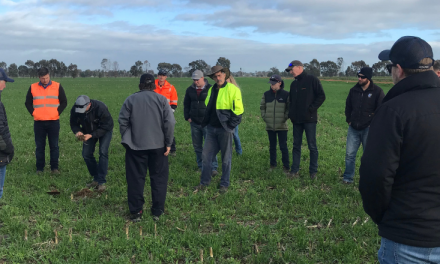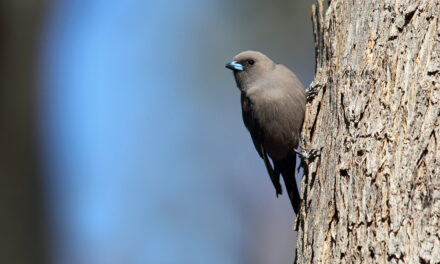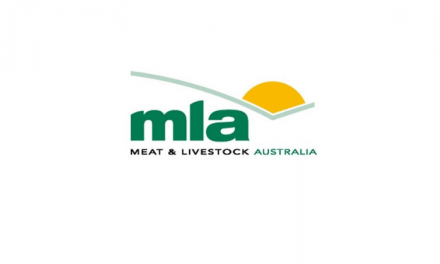Should a farmer always own their own gear? What are the alternatives? What is the trade-off between owner-operator performed tasks and hired contractors?
These are some of the questions many small area farmers are faced with year-on-year, but some straightforward calculations and considerations can make the decisions a little easier.
‘’When considering whether to buy machinery – especially big-ticket items like tractors, seeders, sprayers and so on, farmers should not only consider the capital cost of the equipment but also consider their seasons, the risk of delays to seeding, spraying or harvest and the associated penalties and then assess the overall financial impact of each machinery option,’’ says Narrogin-based GRDC senior economist Tamara Alexander.
‘’Decisions around investing in machinery should be based around what the business can afford – and this will change year-on-year depending on profitability, how much additional revenue/cost savings the new or upgraded machinery can generate and whether or not this additional value will justify the additional cost.
‘’Upgrading or purchasing new equipment may have some benefits (such as time saving, or having jobs done on time, every time) but in fact may not create sufficient new income or cost savings to justify the higher machinery cost,’’ Tamara explains.
Hiring specialty agricultural contractors is commonplace on farms, with services available for a range of farm tasks ranging from paddock preparations, crop planting, weed spraying and harvesting to animal management and husbandry practices such as lamb and calf marking, crutching/shearing and weaner training.
Some of these tasks require the use of expensive machinery, and contractors generally have the right tools for the job – and can get the job done faster. The costs of repair and maintenance, as well as registration and overall care of plant and machinery falls on the contractor. Hiring a contractor is also a tax deduction for businesses.
But while contractors can ̶ and regularly do save farmers time, money and stress – they can also fail to get jobs done on time in periods of peak demand or when a bottleneck occurs due to seasonal conditions in some farming regions.
‘’Building a good relationship with quality contractors is essential, and where possible, try to work in with neighbours to give contractors an attractive-sized job proposal,’’ says Tamara.
Industry and Investment NSW economists Kim Frazer and Julie Lynch conducted a study into machinery costs and contract rates in 2009, developing formulas to work out which option may be preferable across a range of circumstances.
‘’When you own your own machinery, the ownership costs are spread over the amount of work you do. In our example (see Table 1) the ownership cost for the tractor is $12,472 a year. If the tractor works 1000 hours a year, the ownership costs (overheads) are spread over 1000 hours and are therefore $12.47 per hour.
“However, if the tractor works 2000 hours a year, the ownership costs per hour are then lowered to $6.24 per hour. As you can see, the more work done per year, the more the ownership costs are spread, and the lower they are on a unit (per hour or per hectare) basis,’’ explains Kim.
When calculating operating costs, a per hour basis is applied and as such, does not vary with the amount of work completed.
‘’When you use a particular machine for only a very small amount of work, the ownership costs are relatively high, and it is generally cheaper to call in a contractor, but the more work per year a machine does, the cheaper the cost per hour,’’ she explains.
When owning and operating your own machine equals the contract rate (which you will need to determine for specific tasks) for that job, a break-even scenario is reached. It may be based upon number of hours per year of work, number of hectares per year, or even the number of bales of hay baled per year.
‘’One of the most commonly asked questions is: ‘What is the minimum number of hectares that would make it worthwhile for me to own and operate my own machinery?” says Kim.
‘’To know the break-even point in hectares you need to know everything in the calculation on a per hectare basis.” Thus, says Kim break-even point is reached when:
Machinery ownership cost ($/ha) = contract rate ($/ha)
where,
Machinery ownership cost ($/ha) = ownership costs ($/yr) ÷ work (ha/yr) + operating costs ($/ha)
Therefore break-even point is reached (substituting this into the equation) when:
(ownership costs ($/yr) ÷ (ha/yr)) + operating costs ($/ha) = contract rate ($/ha)
We can rearrange this to:
(Minimum) hectares per year = ownership costs ($/yr) ÷ [contract rate ($/ha) – operating costs ($/ha)]
‘’This is the minimum number of hectares you must be operating on each year to make it cheaper to own your equipment rather than using a contractor,’’ explains Kim.
While contractors do provide solutions for many small area farmers across a range of farm tasks, there are other options which may be considered when machinery is required or when certain tasks need to be completed on-farm.
Hiring, hire purchase, leasing, syndication and even borrowing can get the job done, even long term. A summary of some factors to consider when deciding about investment in machinery include (but are not limited to):
- Cost, availability and reliability of contractors.
- Cost and availability of leasing or hiring equipment.
- Costs and problems with sharing a machine or implement with a neighbour.
- Financial cost of delays to the specific task (i.e., fire risk, weather damage, animal health).
- Skills you have in maintaining and repairing machinery, or availability of mechanical expertise should it be required.
- Cost of new versus second-hand equipment, and expected lifespan of that equipment.
‘’In summary, when considering machinery options, farmers should not only consider the capital cost of the equipment but also consider their seasons and the risk (and cost) of delays to getting the job done on time,” advises Tamara.
“In general, be aware of the often-high fixed costs of buying a new machine, and match it with the ability of the farm enterprise to absorb this overhead and also consider the opportunity cost of alternative uses of the capital.”
For more information:
NSW DPI guides to machinery and implement costs for tractors and specifications can be accessed online via www.dpi.nsw.gov.au/agriculture/farmbusiness/budgets/machinery-water
Tamara Alexander
GRDC senior economist, Narrogin
(08) 9881 0225







